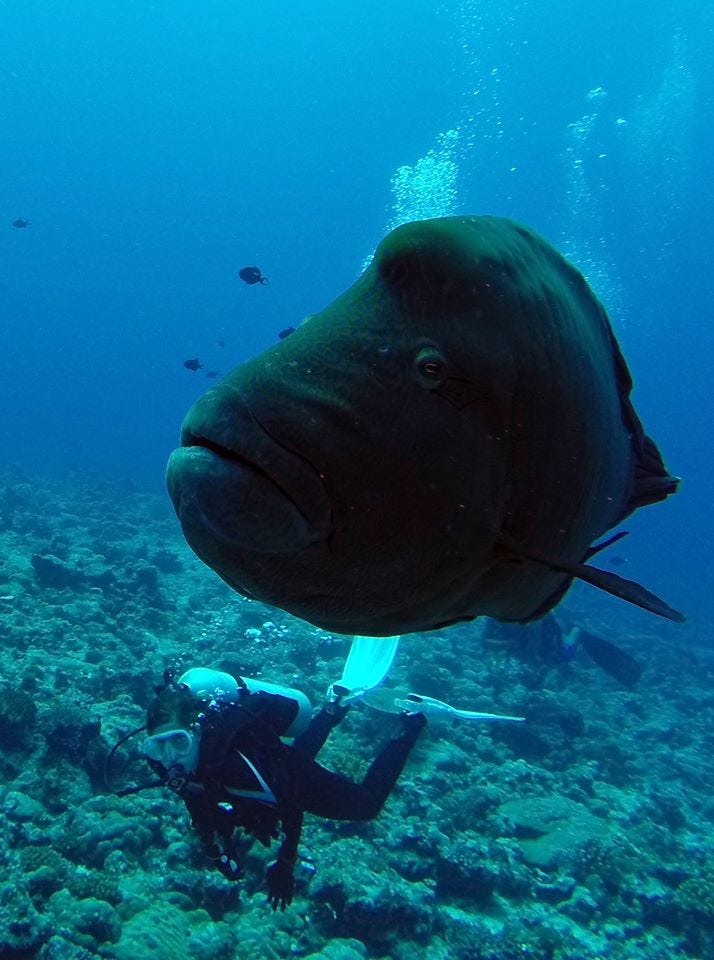Isis Piccillo/Tower Staff Writer

Mallory Barkdull defended her Stanford Ph.D. thesis and launched her Laney College teaching career in the same week of August 2016.
Her dissertation is still in progress. Barkdull’s research investigated the downstream impact of land development on coral reefs.
But it was her mandatory teaching assistant sessions in graduate school that made her realize that teaching brought her the most joy.
“I would sacrifice my free time because I liked teaching so much,” she said.
As the chair of the Engineering Department and its only full-time faculty member, Barkdull squeezes in editing her dissertation during breaks, and she hopes to submit it by the fall.
She recently finished updating the Laney curriculum, a three-year endeavor that will smooth the process for students seeking to transfer to a four-year program.
The classes offered through the department are built on the requirements of four-year institutions. Barkdull envisions Laney Engineering as a destination for students who want to be well-prepared for transferring.
Under her direction, the engineering department has added a Mechanics of Materials class to enable students to get transfer credit for schools such UC Berkeley and UCLA.
Former students have sent her emails telling her that they felt confident in their UC Berkeley classes thanks to her courses, Barkdull recalls.
“I just want to frame those emails and say ‘Yes, I did it!’” she said, “because my success is really contingent on the students’ success.”
Her particular research in Civil and Environmental Engineering required scientific dive certification, and with it she travelled to Australia, Hawaii, and Palau (a group of islands in Oceania) to study their coral reefs. Even with the attraction of these destinations, she’s even more enthusiastic about her students here at Laney.
“I get really excited when students ask questions. You can see that they care, and when they finally get it, it’s so rewarding,” Barkdull said.
Her favorite class to teach is ENGIN 35, a statics course fundamental to understanding mechanics, and one that she’s enjoyed tutoring and teaching since her undergraduate years.
“For students, at the beginning, it doesn’t quite make sense,” she said. “You’re like, ‘what is happening?’ But at the end it all comes together. There’s a lot of ‘aha!’ moments, which I like.”
Barkdull refused to offer the Properties of Materials class until she had the necessary equipment for the lab. She also knows that demonstrating applications of theory can make a big impact.
“We have this machine that pulls apart metal, and the first time that we break steel, you get to see how far steel stretches before it breaks,” she said.
Barkdull is also excited about the Introduction to Engineering class that will be offered for the first time in the fall semester.
“It’s designed to be a boost, to let students know that engineering is not just math and physics,” she said. “It’s so much problem-solving. You can be a B or C math student and still be a wonderful engineer.”
Barkdull’s vision for Laney Engineering includes expanding the department by hiring more faculty and increasing program enrollment. She also wants to prioritize recruiting marginalized groups to study engineering.
“There are so many people who are underrepresented in engineering,” she said. “My entire time as an undergraduate, I didn’t have any female instructors for any of my STEM [Science, Technology, Engineering, and Math] classes who were tenure track professors. Zero.”
Barkdull has experienced firsthand the difficulty of being a minority in her field and is hoping to increase diversity. She’s hosting a “Women in STEM” panel for Women’s History Month on Wednesday, March 27, at Laney College that will include scientists working in engineering, artificial intelligence, and coral reefs.
“Find a support network,” she advised those who are looking into engineering. “Anybody can be an engineer. It just takes dedication and hard work.”

























